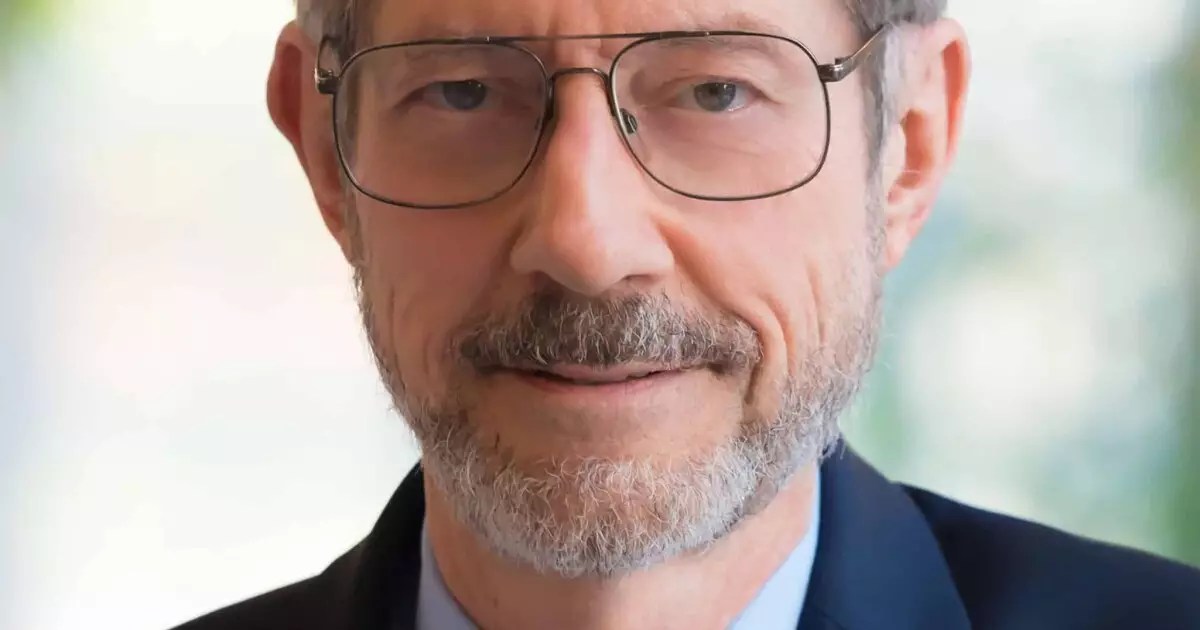The infrastructure of America’s airports, once a symbol of innovation and progress, is now teetering on the brink of functional collapse. Newark Liberty International Airport, one of the busiest and most critical airports in the nation, epitomizes this alarming trend. The announcement by U.S. Department of Transportation Secretary Sean Duffy regarding a reduction in flights paints a dire picture not just for Newark, but for airports across the country. With decades of neglect piled high upon aging runways and outdated systems, it’s clear that immediate action is both an economic necessity and a matter of national security.
Declaring that “the time to fix it is now,” Duffy encompasses the urgency with which the government must act. But the question remains: can government bureaucracies, notoriously slow and cumbersome, successfully tackle such a monumental task? The initial signs are far from promising.
On the Fences of Funding: A Shortsighted Approach
The funding plan to modernize air traffic control technology, supported by President Trump’s budget proposal and garnering approval from the House Transportation and Infrastructure Committee, amounts to $12.5 billion. However, this figure should not incite celebration; rather, it should be viewed with skepticism. Transportation policy experts, like Robert Poole from the Reason Foundation, warn that the current funding mechanism will make modernizing our air traffic control system a drawn-out and inefficient process. The delay is not just frustrating; it risks making new technologies obsolete by the time they are established.
Poole’s critique emphasizes a critical point: if we limit ourselves to annual appropriations from Congress, we remain stuck in a vicious cycle where only a fraction of facilities will receive upgrades, leaving many systems dangerously outdated. This approach only serves to perpetuate a crisis rather than resolve it.
Bond Financing: The Underutilized Solution
What’s conspicuously missing from the discussion is a push toward utilizing bond financing to facilitate timely and efficient upgrades to antiquated systems. Poole’s proposal to treat air traffic control like a utility backed by user fees deserves serious consideration. This model, effectively implemented in countries like Canada and the United Kingdom, has removed ATC from the national budget and allowed it to thrive as an independent entity.
In times of financial strain, U.S. infrastructure should not be relegated to the backseat of political maneuvering. It requires reliable income streams like user fees, which can allow for more immediate and extensive upgrades. Legal and policy barriers to bonding authority for the Federal Aviation Administration further exacerbate the situation, making it evident that fiscal reform is overdue.
A National Will to Innovate
The consensus across multiple stakeholders, from labor unions to industry stakeholders, highlights a growing urgency for reform that transcends partisan divides. Yet, despite a seemingly united front, the prevailing political inertia remains a significant hurdle. Many hope Congress will declare a state of emergency that could expedite a comprehensive funding package. But is that enough? The question of whether enacting such a measure can unlock the necessary political will to drive true innovation and reform remains.
What stands clear is that we cannot afford to procrastinate any longer. The road to modernizing U.S. airports and air traffic control systems will not be easy, but it is non-negotiable. The current situation of decaying infrastructures leading to flight reductions and safety concerns is a clarion call for effectiveness over inefficiency.
Grassroots Solutions and Politically Feasible Frameworks
As debates continue in Washington, D.C., innovative local initiatives can pave the way forward. Airports, especially those like Newark, have sought to sustain operations through local tax revenues and airport-generated funds. However, the Passenger Facility Charge, stagnant at $4.50 since 2000, needs a reassessment. If local governments can be empowered to introduce incremental increases to this fee, it could become a strategic source to fund necessary upgrades without the lengthy uncertainties of federal appropriations.
Proactive grassroots solutions, supported by a conceptual shift in thinking about how air traffic control system finances operate, must be a focal point of future discussions. Looking to international models and effectively integrating them into the American system could bridge the gap that has long hampered progress.
U.S. airports deserve a robust and forward-thinking plan that not only advocates for urgent repairs but also prepares them for the future. For the sake of our economic vitality and national security, we must prioritize action—instead of reaction—in addressing this critical crisis.


Leave a Reply